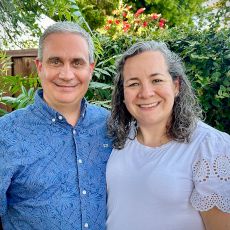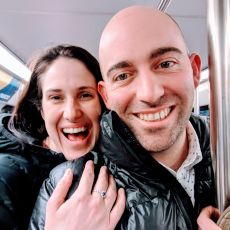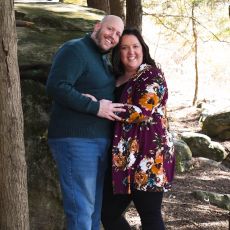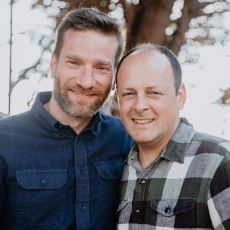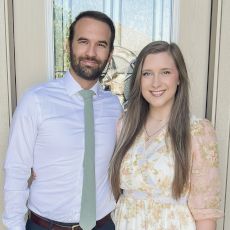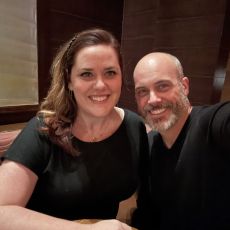Placing a Baby for Adoption in North Dakota
If you’re experiencing an unplanned pregnancy in North Dakota and feeling overwhelmed, you’re not alone—and adoption is always an option.
Placing your baby for adoption isn’t giving up. It’s choosing to give your child a safe, loving home and giving yourself the support you need during a difficult time.
With the guidance of a licensed, experienced agency like American Adoptions, you can make an informed, confident decision based on what’s best for you and your baby.
Get free adoption information now to talk with a specialist who understands what you’re going through.
Here’s how adoption works in North Dakota—and how you can start whenever you're ready.
How to Give Your Baby Up for Adoption in North Dakota
Adoption is a deeply personal journey. With the right support, it becomes a step-by-step process built around your choices and your comfort. Here’s how it works:
Step 1: Speak With an Adoption Specialist
You can call, text, or message anytime to ask questions or begin building your plan.
- Call: 1-800-ADOPTION
- Text: Click here to text with us
- Online: Fill out this form
Step 2: Get Matched With a Birth Parent Specialist
Your specialist will be your go-to support system. They’ll explain your legal rights, walk you through the adoption process, and connect you with resources like housing or medical care.
Step 3: Create a Personalized Adoption Plan
Every adoption plan is unique. You’ll choose the adoptive family, createyour hospital plan, and decide what kind of post-placement contact you’d like to have.
You can start looking through adoptive family profiles now to find the right match for your baby.
Step 4: Receive Emotional and Financial Support
From financial assistance to counseling, your agency will make sure you’re supported throughout pregnancy and beyond.
Step 5: Complete Your Hospital Stay and Legal Placement
Your hospital plan will reflect your wishes. After delivery, you’ll sign your legal consent for adoption when you feel emotionally ready.
Step 6: Decide on Post-Adoption Contact
Open, semi-open, or closed—you’ll choose the type of relationship you want moving forward. Plus, you’ll continue receiving emotional support after placement.
Adoption is always free, always legal, and always your decision. If you are ready to get started on your adoption plan, you can begin here.
Can I Still Choose Adoption if My Baby is Already Born?
Yes. You can choose adoption after birth—even if your baby is several days, weeks, or months old. Adoption is still a safe and loving choice.
Here’s how post-birth adoption works in North Dakota:
Step 1: Contact an adoption specialist to discuss your situation.
Step 2: Create an adoption plan based on your baby’s current age and your preferences.
Step 3: Choose an adoptive family who meets your hopes for your child.
Step 4: Work with your legal representative to complete the paperwork.
Step 5: Transition your child into the adoptive family’s care with full emotional support from your specialist.
It's never too late to do what feels right. We’ll walk with you every step of the way.
Free Adoption Services You May Not Know About in North Dakota
Many women are surprised to learn that placing a baby for adoption is completely free—and comes with a full range of support. When you choose American Adoptions, you receive:
- A dedicated adoption specialist
- Free legal services
- 24/7 counseling and emotional support
- Coverage for medical bills and pregnancy-related expenses
- Help with transportation, rent, groceries, and more
You’ll never pay anything, and your comfort, safety, and future will always come first.
Do You Get Paid for Giving Your Baby Up for Adoption in North Dakota?
While it’s not legal to be paid for adoption, financial assistance is available to help with pregnancy-related needs.
You may be eligible for help with:
- Housing and utility expenses
- Transportation and gas
- Maternity clothes
- Food and personal care
- Medical care and counseling
Your specialist will make sure you get the support you need within North Dakota’s legal guidelines.
Is it Wrong to Put My Baby Up for Adoption?
Absolutely not. Many women fear they’ll be judged for choosing adoption, but the truth is—it’s a brave and selfless decision.
You’re doing what you believe is best for your child’s future. That takes strength, not weakness.
If you’re unsure or conflicted, that’s completely normal. We’re here to help you process your emotions and make the decision that’s best for you.
How to Choose an Adoptive Family in North Dakota
With American Adoptions, you get to choose the family that feels right for your baby.
You can browse waiting families online and find one that shares your values and hopes. Some of the things you might consider include:
- Location (North Dakota or nationwide)
- Whether they already have children
- Cultural or religious background
- Lifestyle and personality
- Openness to future contact
You’ll also have the option to speak with the family before placement and decide how much contact you'd like to maintain moving forward.
Adoption at the Hospital: How Do You Make a Hospital Plan?
Creating a hospital plan ensures that everything goes according to your preferences when it's time to deliver your baby.
With your specialist, you’ll decide:
- Who will be in the room with you
- Whether you’d like to hold or feed your baby
- When the adoptive family should arrive
- What photos or keepsakes you’d like
- How and when you’d like to say goodbye
Your hospital experience will be handled with sensitivity and care, built entirely around your comfort.
What About the Birth Father?
The role of the birth father varies in every situation. Whether he is involved, supportive, uninvolved, or unknown, your specialist will help you understand how North Dakota’s laws apply to your adoption plan.
Our legal team will help you navigate any necessary steps—so you don’t have to manage this part alone.
More North Dakota Adoption Laws You’ll Need to Know About
Understanding your rights and the law can help you feel more confident and secure. Here are some basics:
- In North Dakota, you can sign adoption consent any time after birth once you feel ready.
- Consent must be given voluntarily and in writing.
- Once signed, consent may be final, depending on the circumstances—your legal representative will explain everything clearly.
American Adoptions provides licensed attorneys at no cost to ensure that your rights are fully protected.
Ongoing Support After Giving Baby Up for Adoption
Adoption doesn’t end when you leave the hospital. That’s why we offer continued care and support for your emotional health.
You’ll have access to:
- Free post-placement counseling
- Assistance managing your open adoption relationship
- Support group referrals and mental health resources
You are not forgotten after placement. We're here for your long-term healing.
Is Giving My Baby Up for Adoption in North Dakota Right for Me?
Only you can know what’s right for your life. But you don’t have to figure it out alone.
Adoption may be the right choice if:
- You’re not in a place to parent
- You want your child to grow up in a stable, loving home
- You need financial or emotional support
- You want a long-term solution instead of temporary care
Whatever your reason, we’ll respect it. And we’ll support you every step of the way.
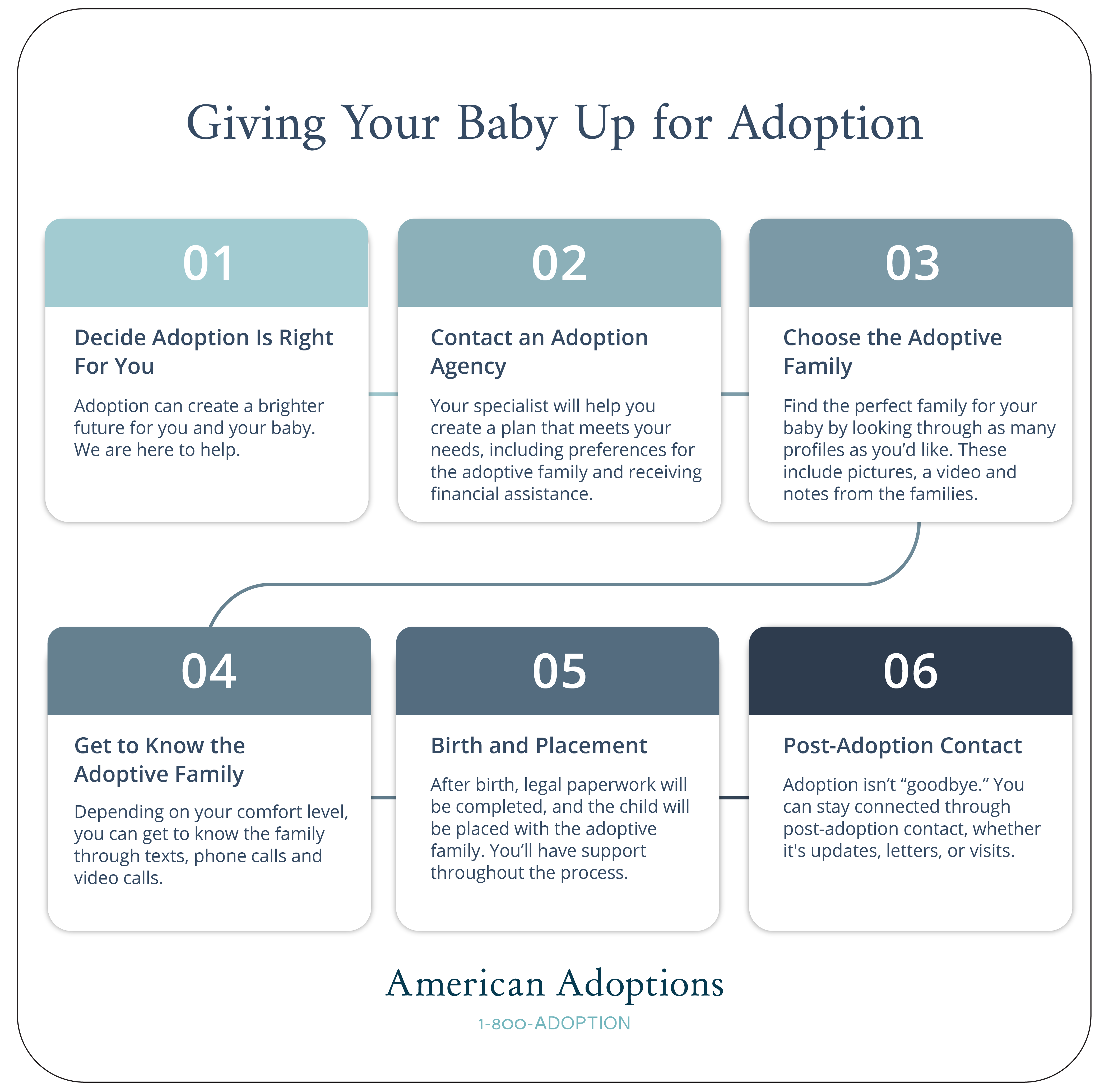
Contact Us Now
Whether you're just beginning to explore your options or are ready to make an adoption plan, we’re here to help.
American Adoptions has helped thousands of women across the U.S. create plans that bring love, hope, and support. We can help you do the same.
Get free adoption information now to speak with a specialist and start your journey today.
Disclaimer
Information available through these links is the sole property of the companies and organizations listed therein. American Adoptions provides this information as a courtesy and is in no way responsible for its content or accuracy.












